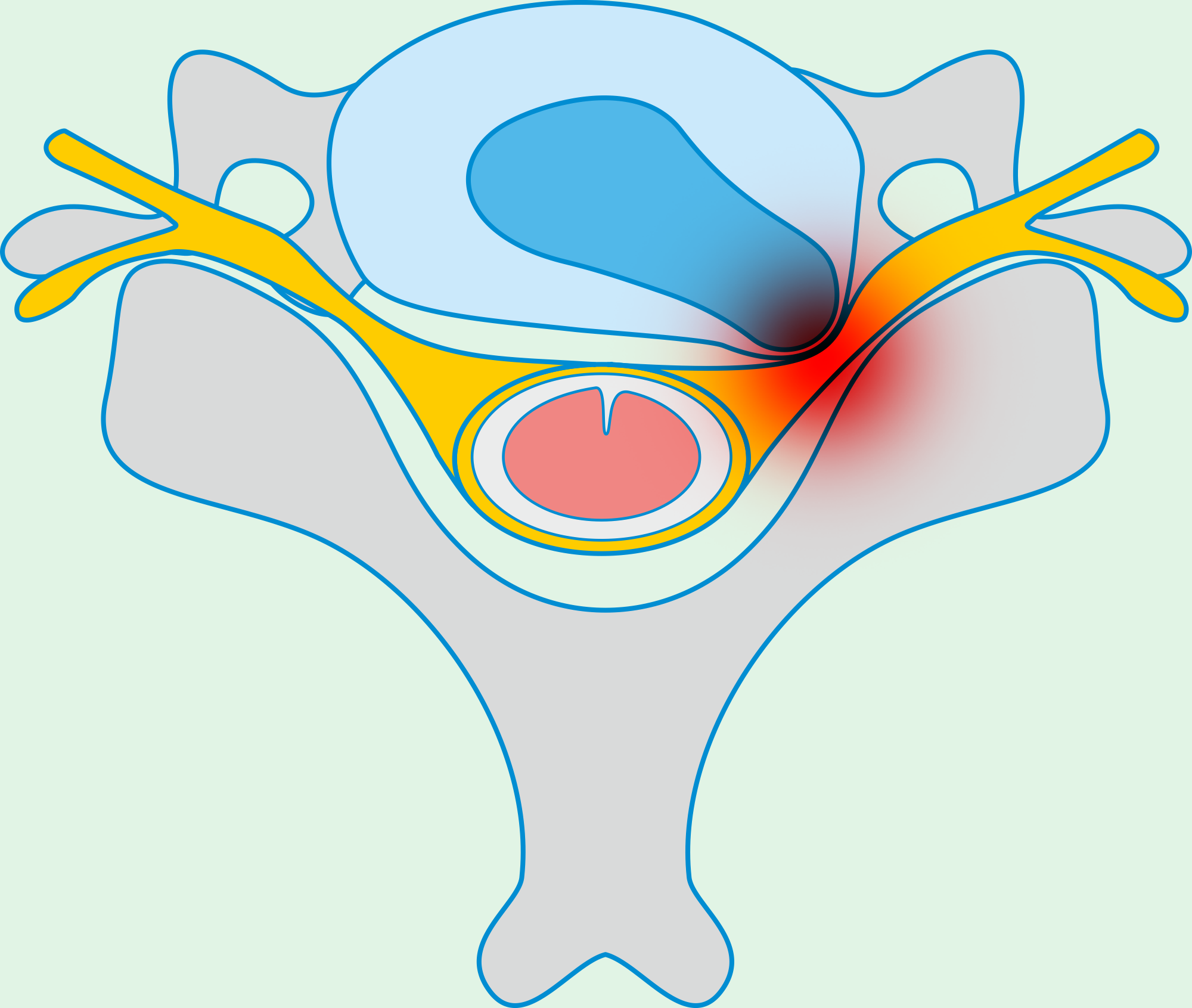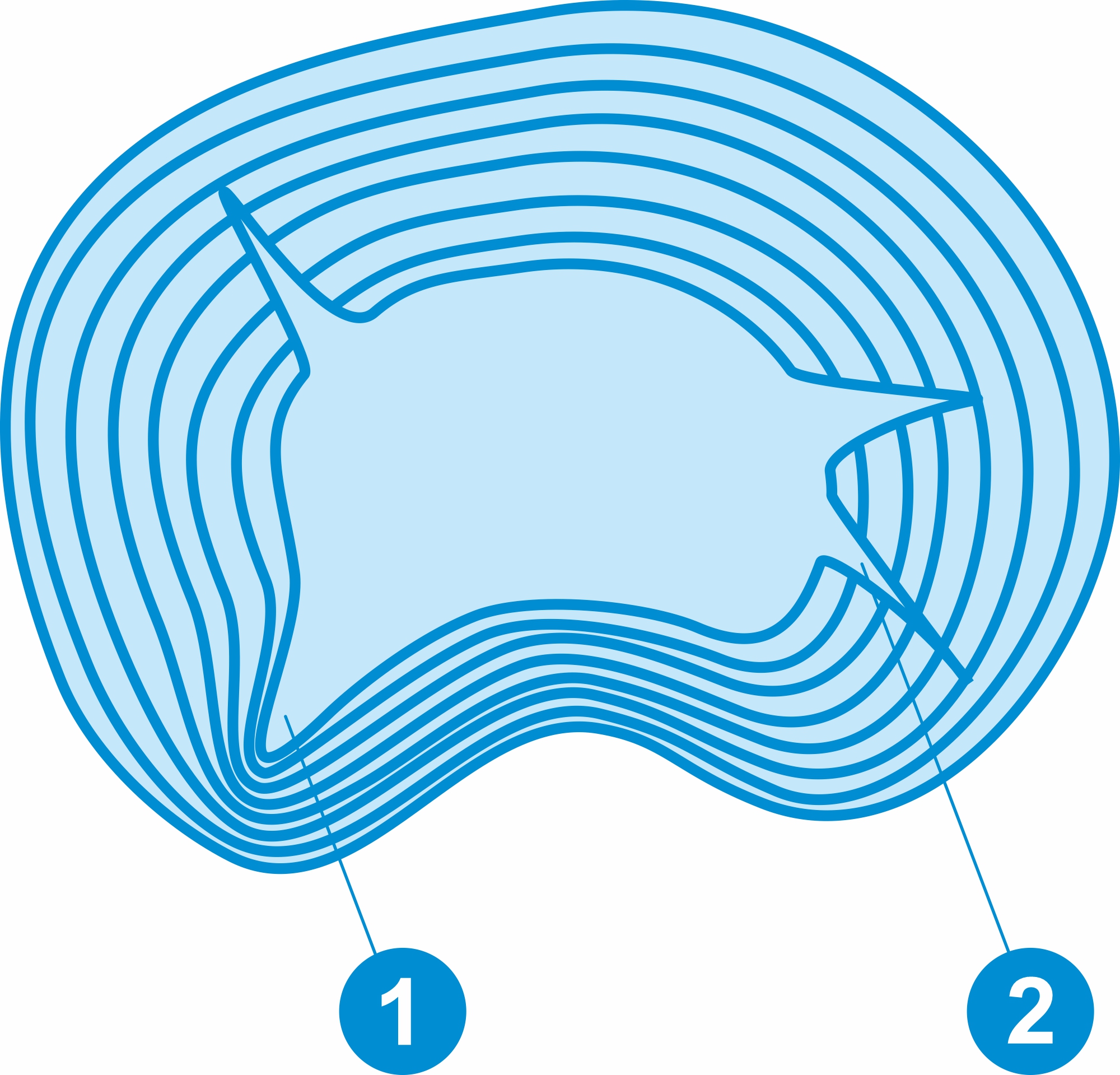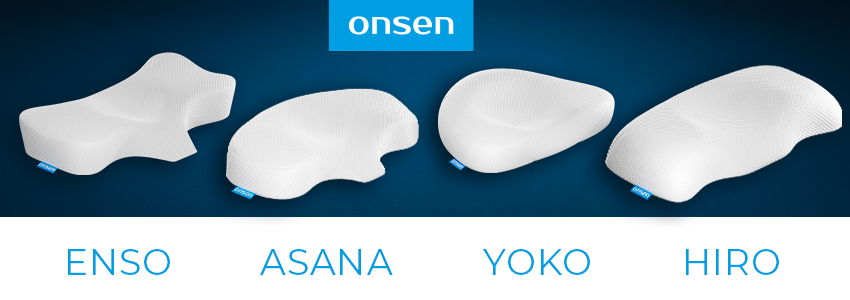What are the most common symptoms of intervertebral disc protrusion?
The most common symptom of intervertebral disc protrusion is back pain in the area of the affected disc. The pain can radiate to the arms and legs depending on the location of the condition. Additionally, it can cause numbness or tingling sensations, as well as muscle weakness. However, it's important to note that these symptoms can be attributed to other conditions, not just intervertebral disc protrusion, so it's best to consult a doctor for an accurate diagnosis.
Can a pillow help in treating intervertebral disc protrusion?
Yes, a properly selected pillow can help alleviate pain and muscle tension in the spinal area, which significantly speeds up the healing and rehabilitation process of intervertebral disc protrusion. Orthopedic pillows, especially ergonomic pillows designed for side and back sleeping positions, improve body posture and provide additional support for the spine.
Can intervertebral disc protrusion occur in anyone?
Yes, intervertebral disc protrusion can occur in anyone and is not dependent on gender or age. However, certain risk factors such as physical labor, postural defects, or genetic predispositions increase the likelihood of its occurrence.
What factors contribute to the development of intervertebral disc protrusion?
Factors that contribute to the development of intervertebral disc herniation include spinal injuries, postural defects, heavy physical labor, prolonged sitting at a desk, and genetic traits. Therefore, it's extremely important to maintain proper posture and avoid exposure to risk factors to prevent the onset of the condition.
What materials should be used in mattresses for people with intervertebral disc protrusion?
Mattresses for people with intervertebral disc herniation should be made from materials that provide proper support and relief for the spine. Such individuals should avoid spring mattresses and those with memory foam as the top layer. The best mattresses for them are those made of high-density and firm foam, reinforced with memory foam in the second layer.







